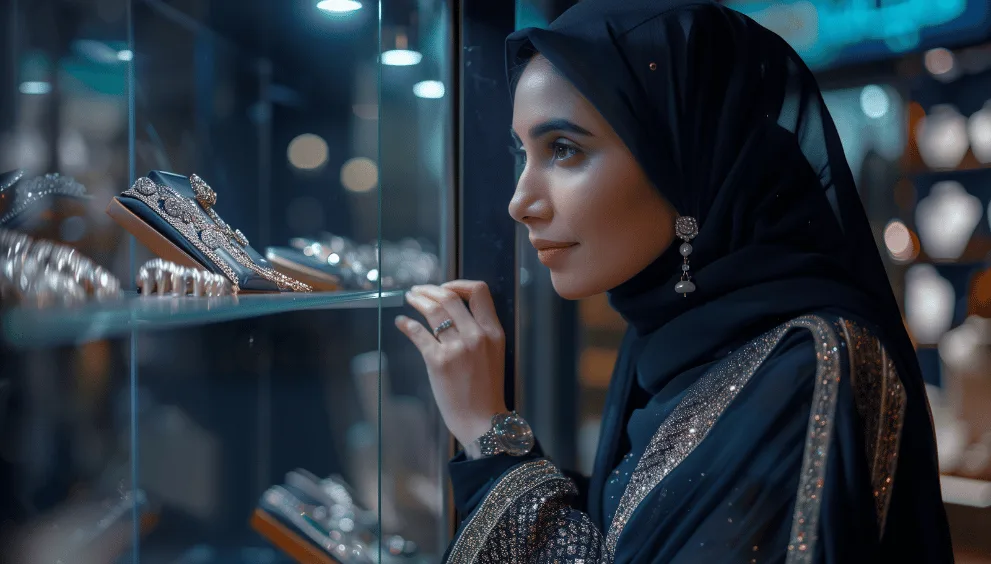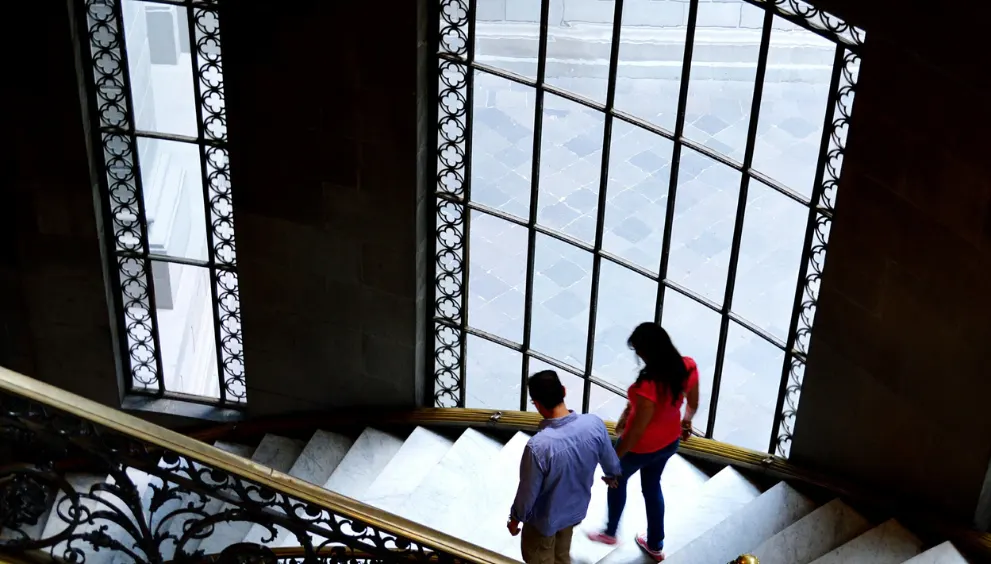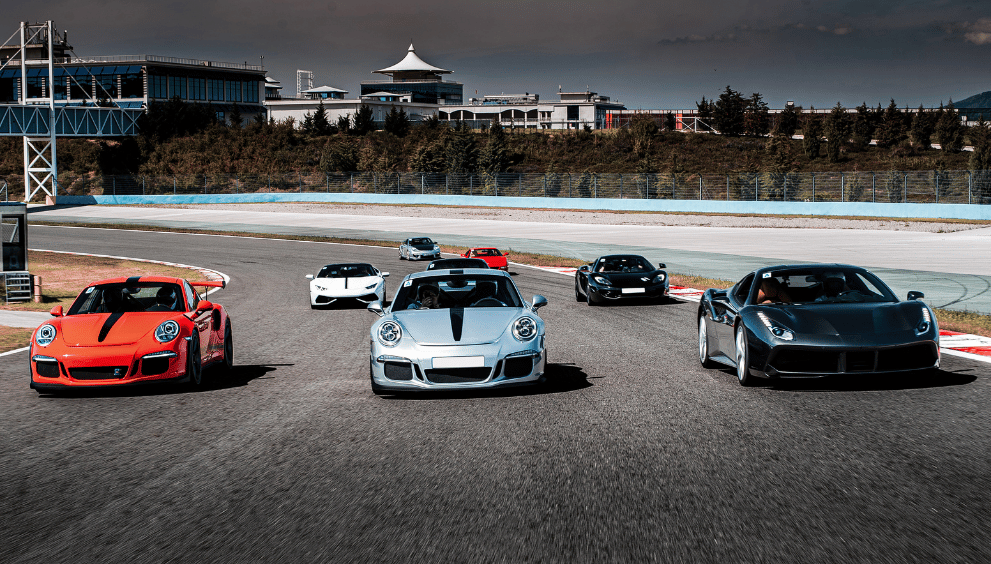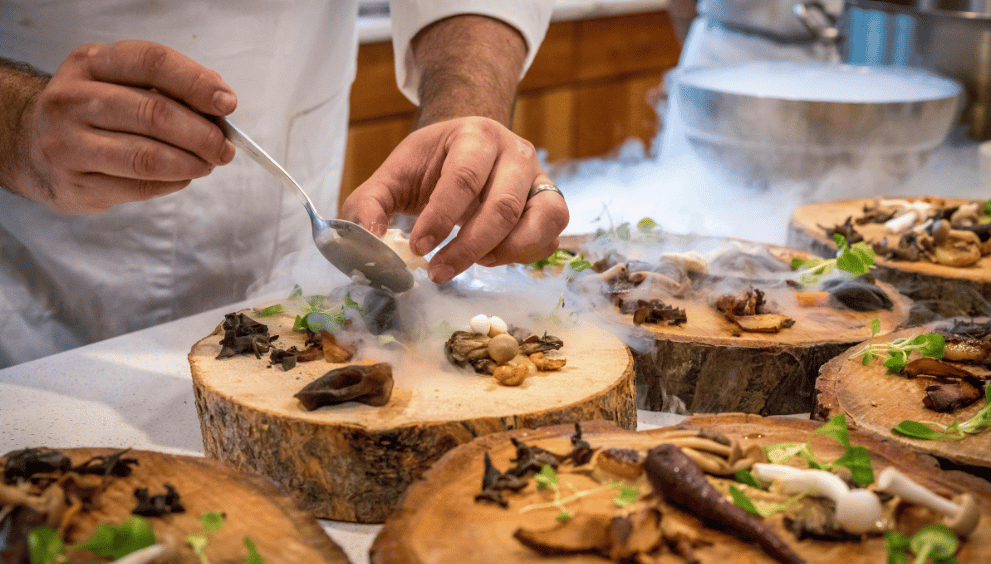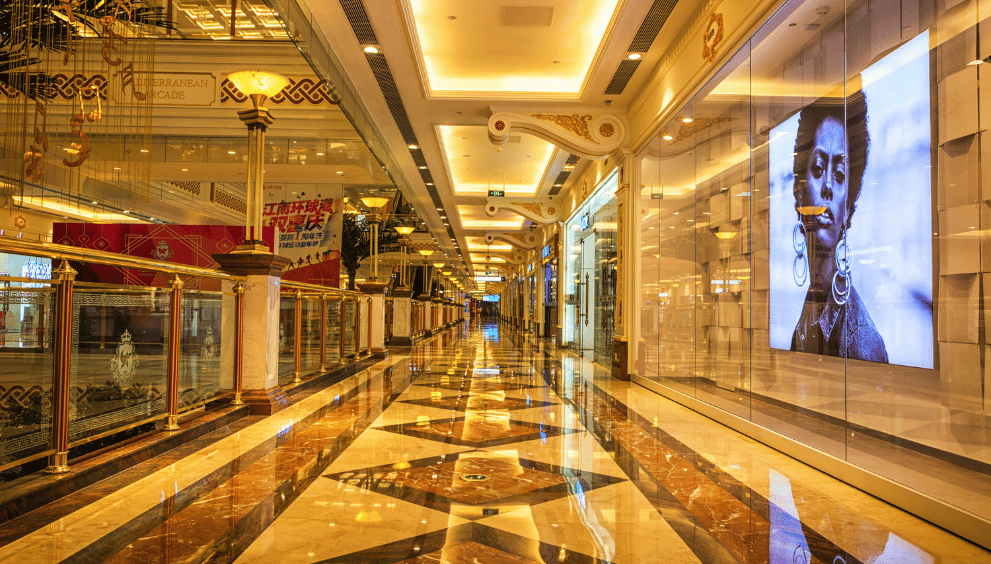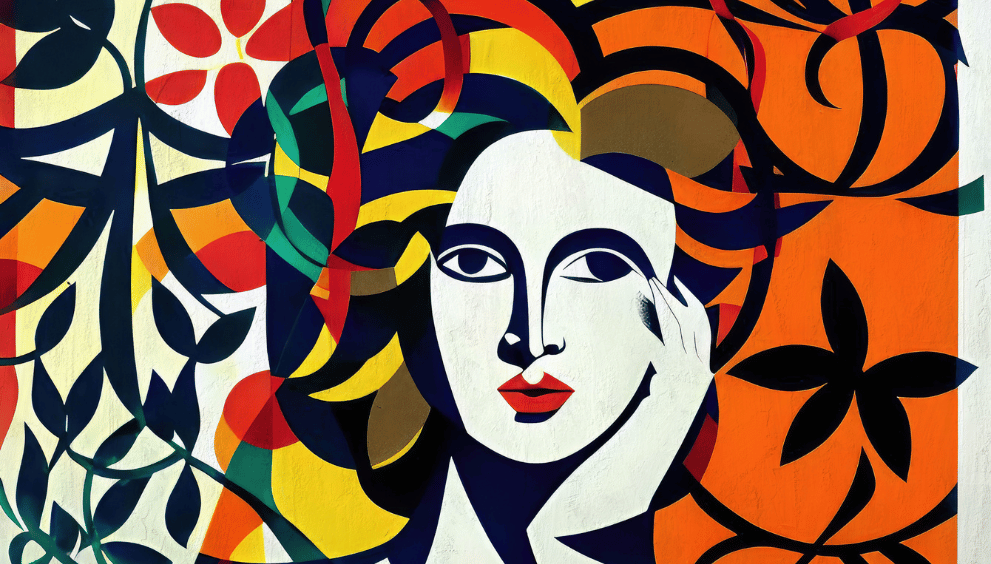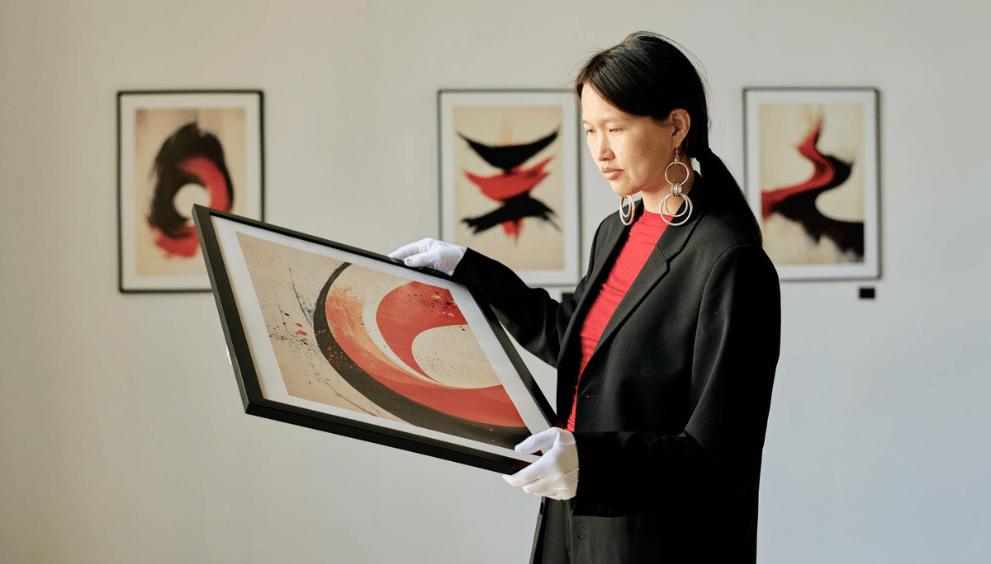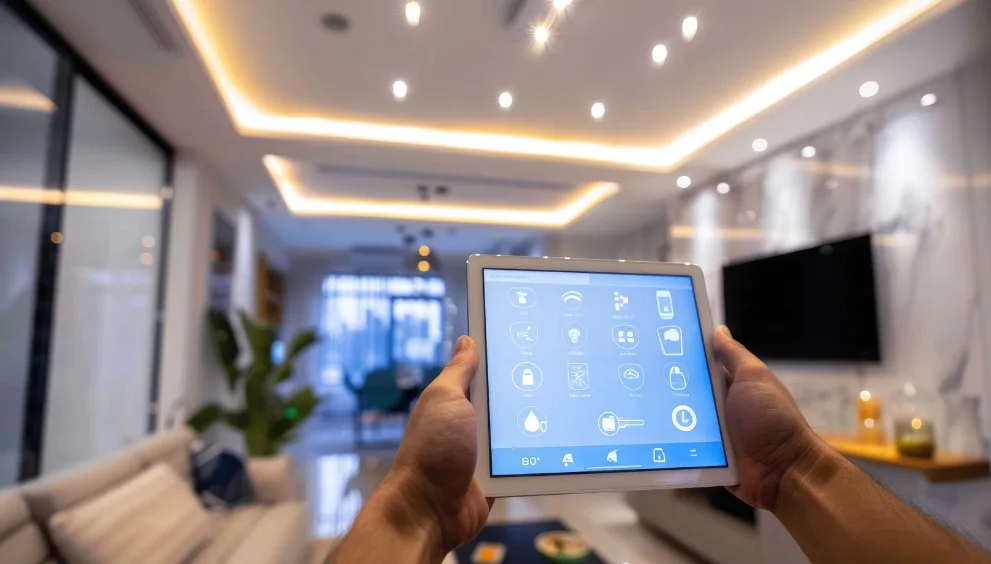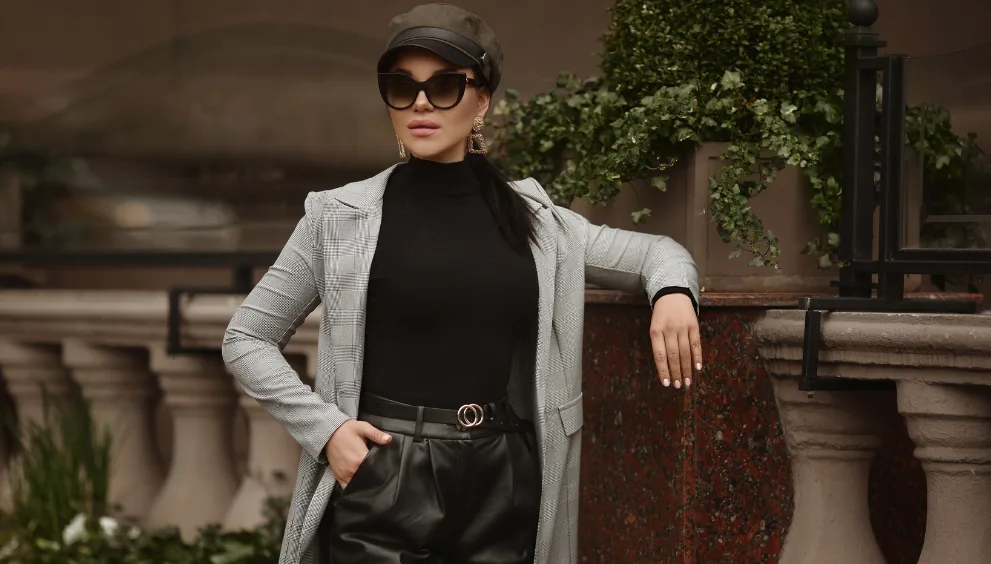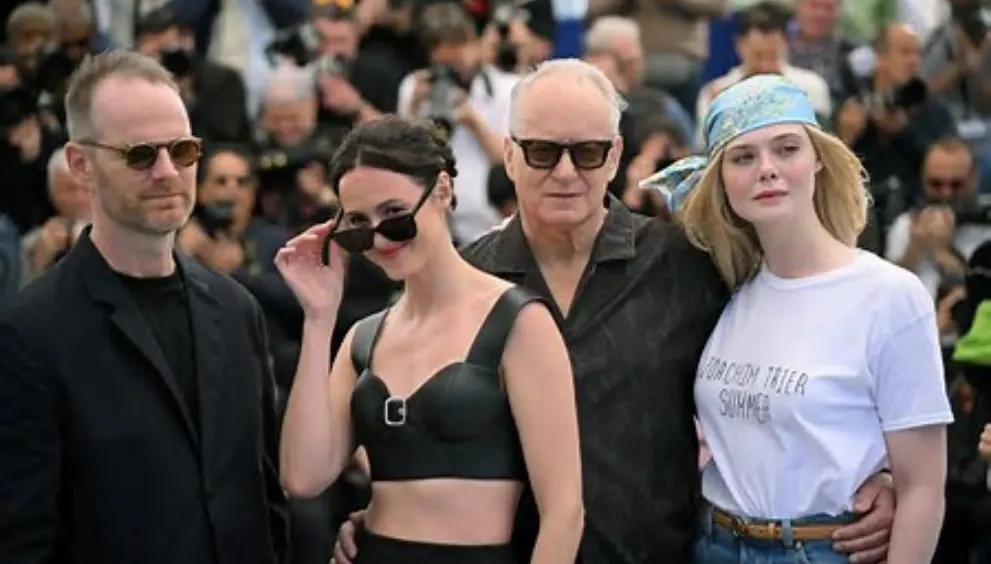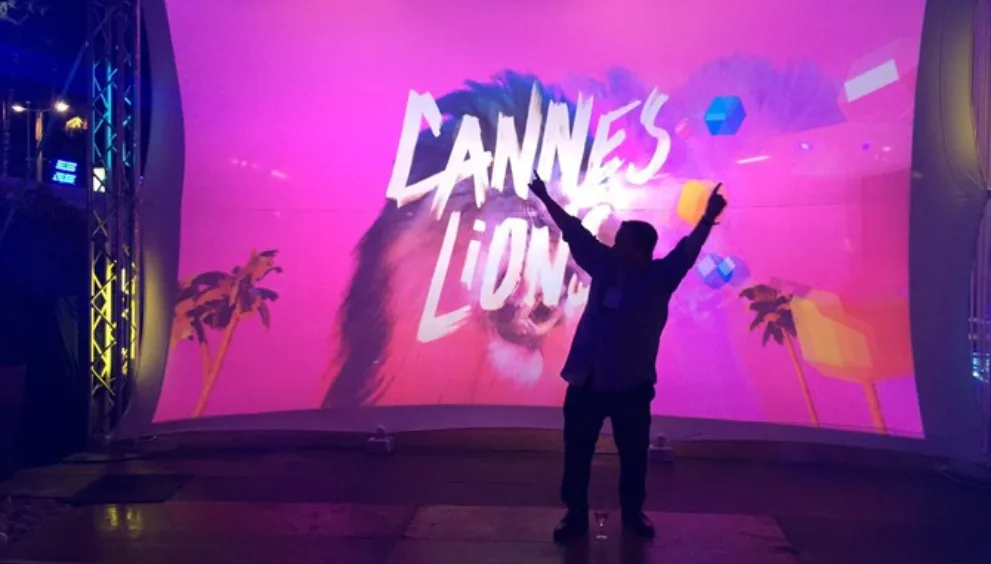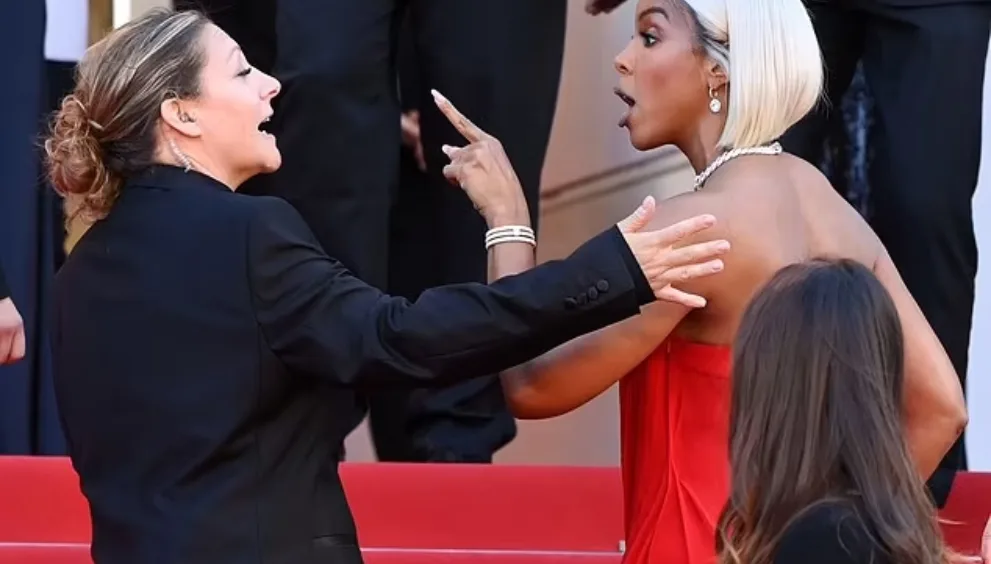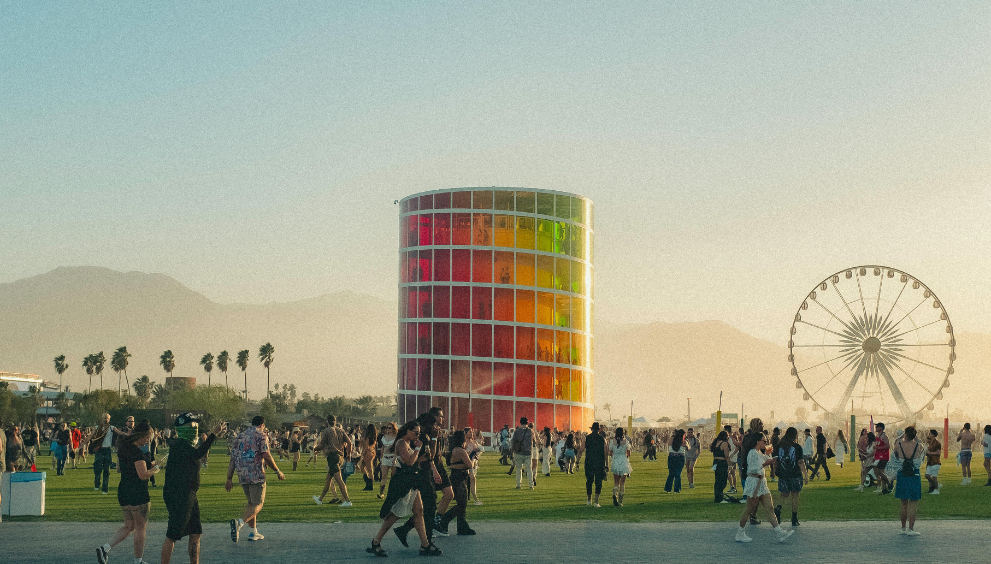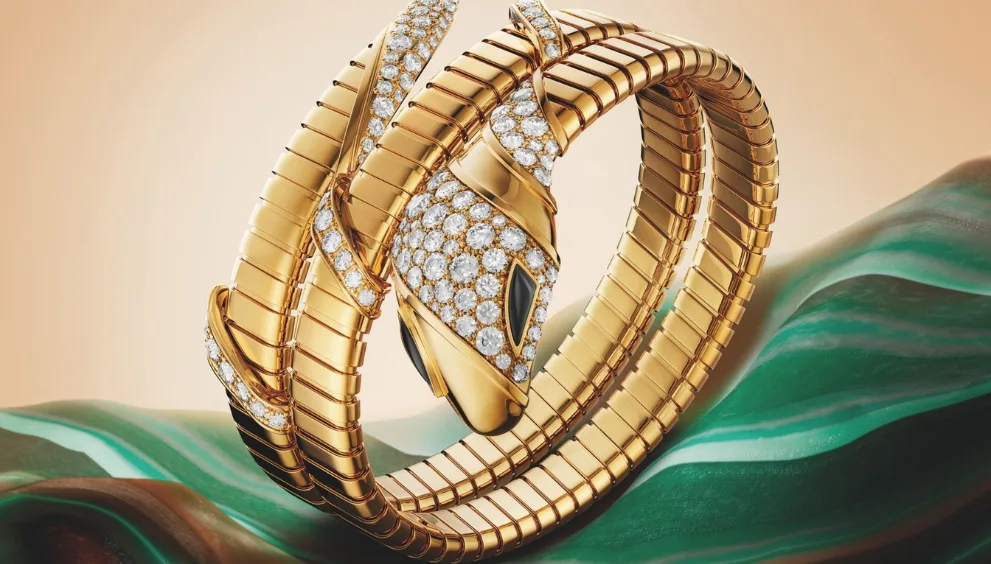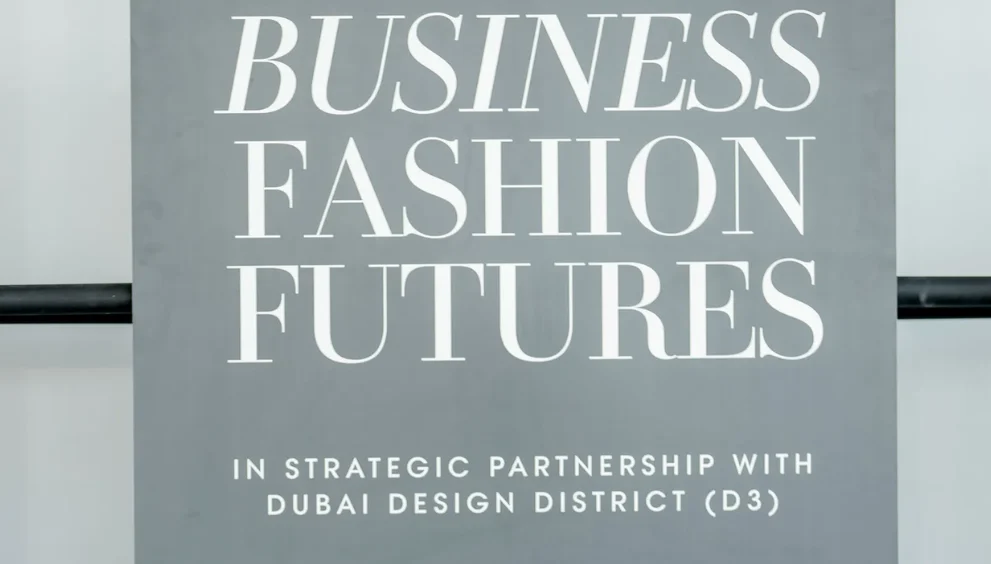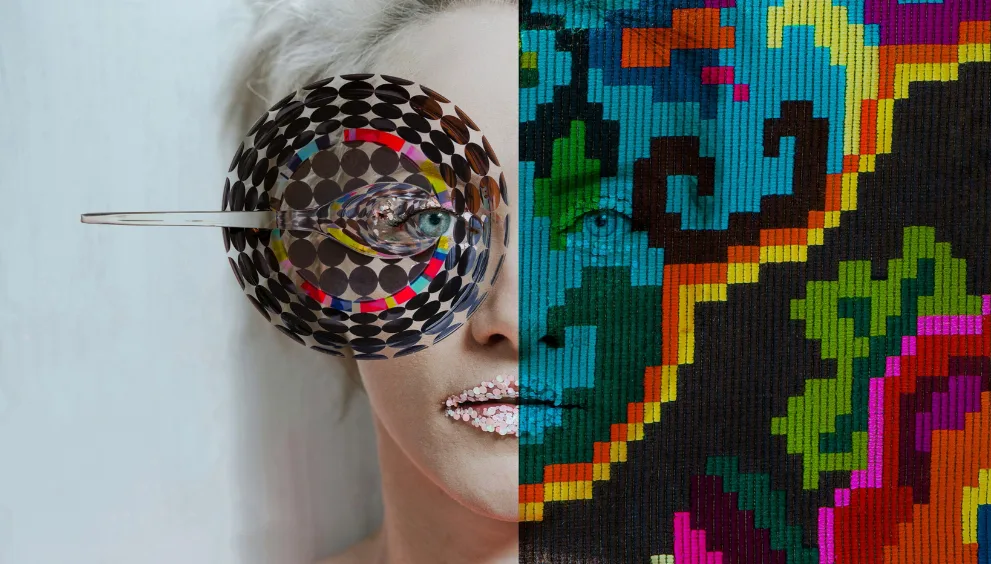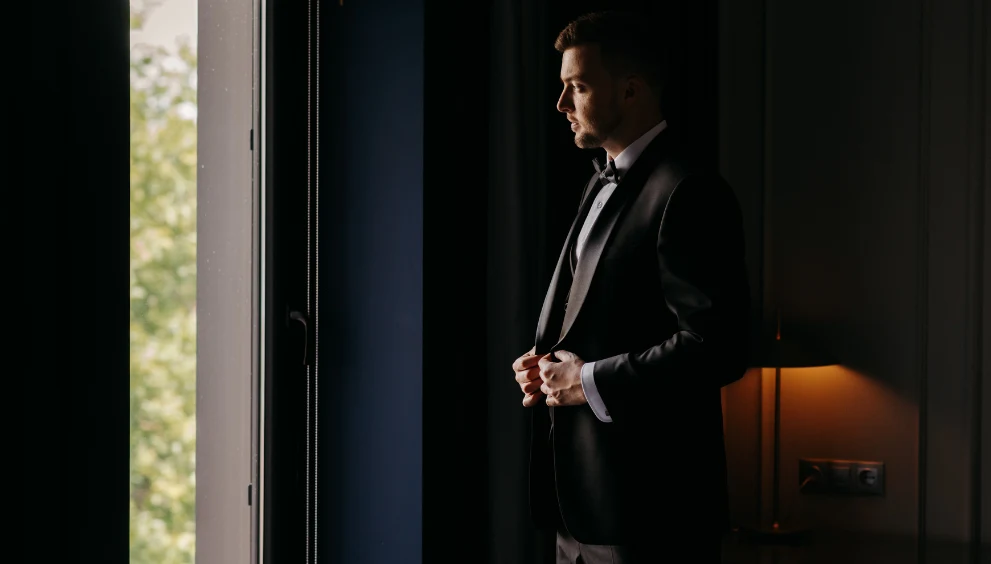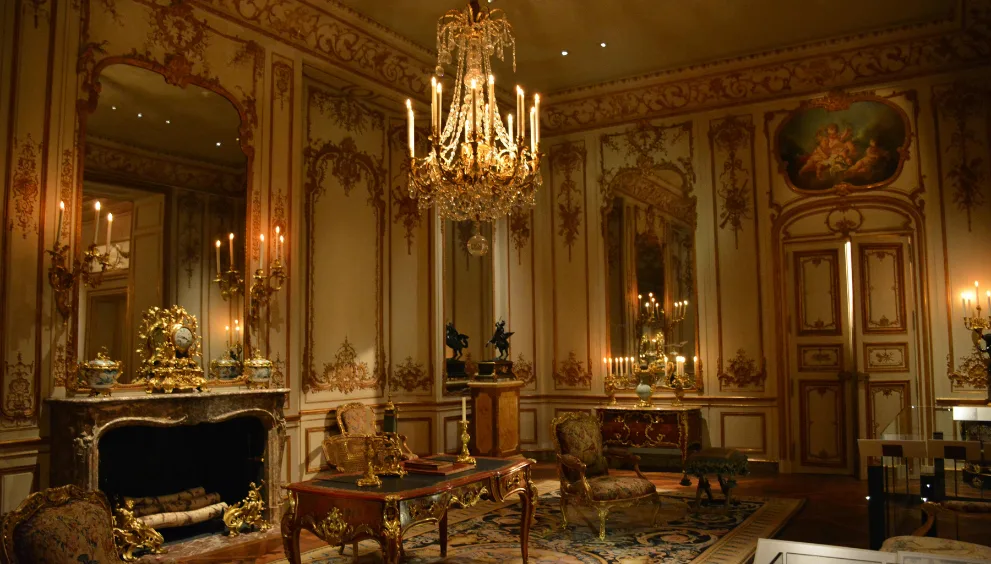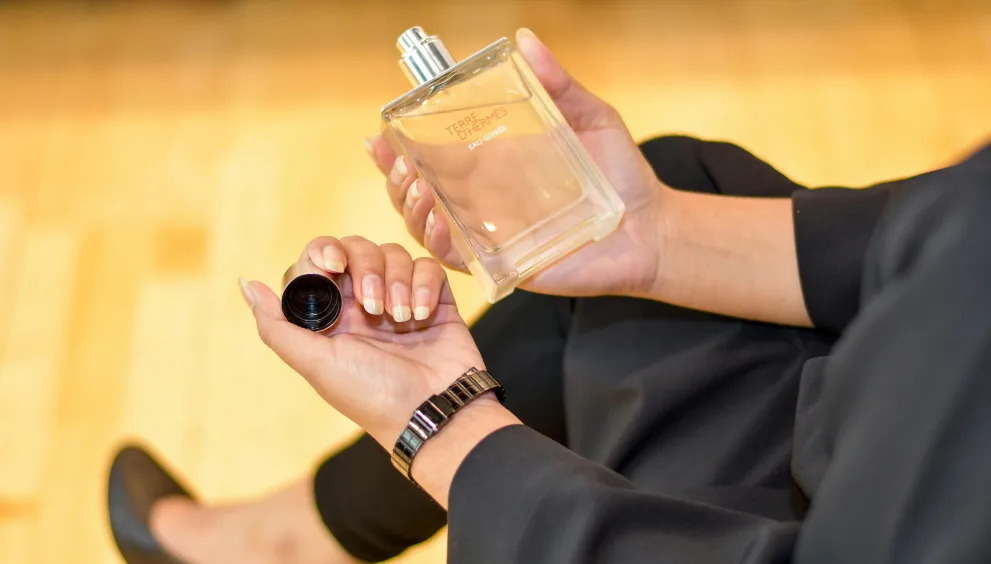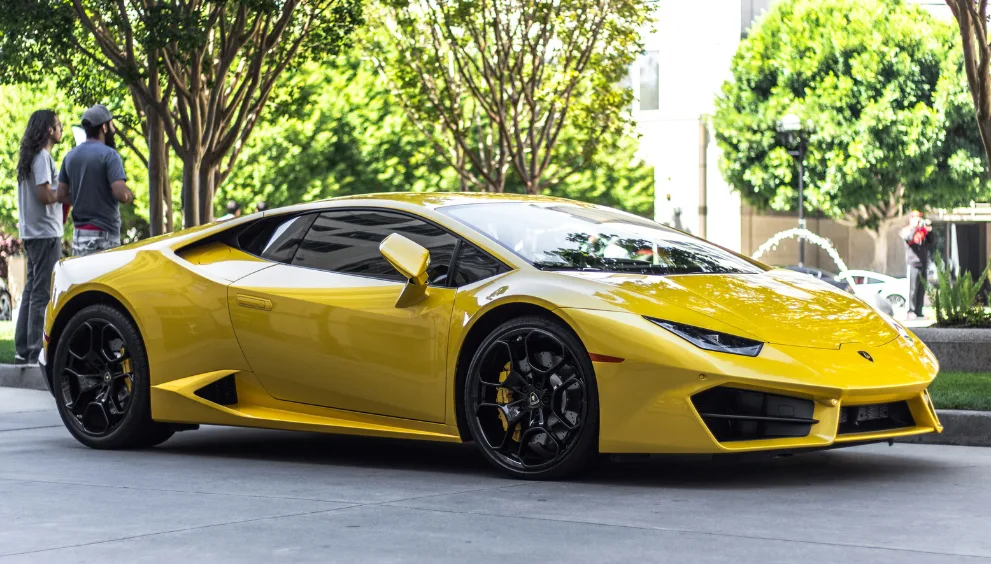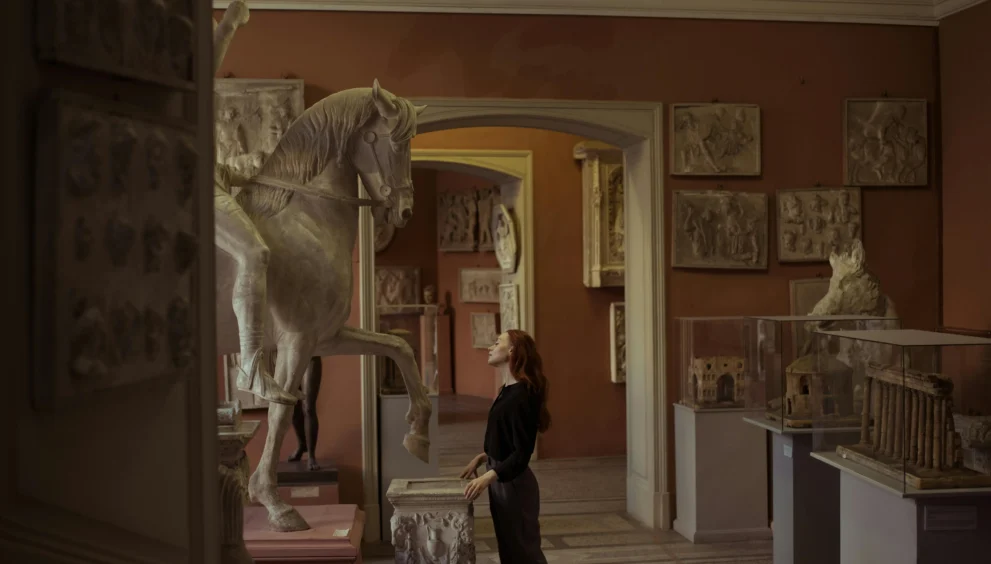What the World’s Most Exclusive Art Collectors Don’t Want You to Know
Hey Folks!
You know the ultra-rich people who collect art in their free time, right? Wrong. The fun part is, you do NOT. I, too, like you, used to think collecting art was a fancy pastime. But wow, in reality, there’s just so much more to it! Those super-rich collectors who show up in the news after buying a Picasso for like $150 million? That’s just the tip of the iceberg.
There’s a whole underground, invitation-only world they move in—and let me tell you, the real action? It’s happening behind closed doors. There are secrets in the world of private art collections, only a few people have the nerve to. And us? Buddy, we are going to discuss a few of them today.
1. Art = Power. And Not Just Symbolically
So, rich people don’t just collect art because it looks good. For them, it’s about power. Owning a big-name artwork gives you cultural influence, like real, world-shaping influence.
When a rich person donates an artwork to a museum, they’re making their place in art history, creating a legacy that others can look back on, and shaping what future generations think is crucial. It’s kind of wild, right? It’s not just “I like this painting”—it’s “I’m deciding what the world values, and what it wants to see.”
2. Most of Their Art Is Locked Away in Storage
Okay, this part blew my mind: a huge amount of valuable art never even sees daylight. It’s tucked away in these high-security warehouses called freeports in places like Geneva or Singapore. Basically, tax-free zones where collectors can store art without ever technically importing it into a country.
So, imagine buying a $50 million painting and never hanging it in your house. It just sits in a temperature-controlled box… like a glorified stock certificate. It’s not about the art itself—it’s about what it’s worth.
3. Not All Provenance Is as Clean as It Looks
You know how people are always talking about an artwork’s provenance? That’s just a fancy word for its history of ownership, and it’s supposed to prove authenticity.
But let’s be real: the deeper you dig, the messier it gets. Some private art collections have fake histories or have passed through shady hands. There are even cases where stolen or looted pieces ended up in elite collections or were sold at major auction houses. Some collectors just… don’t ask too many questions.
4. The Best Art? You’ll Never See It
A lot of the most incredible pieces in the world—like rare Rothkos or early Basquiats—are hidden away in private art collections. You and I? Probably never gonna see them. Not in a museum, not in a book, not anywhere.
That’s kind of sad, honestly. These pieces were made to be seen and experienced, but now they’re locked up, appreciating like luxury stocks. It’s like cultural hoarding.
5. Prices Are… Kinda Made Up
The private art collection market isn’t like most markets. It’s not regulated, it’s not transparent, and prices can be unpredictable. A painting can jump from $100k to $10 million overnight, just because the right people say it’s hot.
Galleries, dealers, and collectors sometimes manipulate the market by hyping up certain artists, buying up all their work, and then reselling it for a fortune. It’s part taste-making, part puppet-mastering.
6. Even the Super-Rich Have to Be “Approved” to Buy
This one cracked me up: even if you have all the money in the world, some galleries might still say no to you buying a painting. They want to make sure their artists’ work ends up in the “right” hands. You need clout, not just cash.
It’s this whole gatekeeping thing where being rich isn’t enough—you have to be rich and culturally connected. If you’re not in the club, good luck.
7. But the Game Is Starting to Change
Here’s the twist: all this exclusivity? It’s starting to crack. Thanks to blockchain, AI, and digital art, a whole new crowd is getting involved.
People can track provenance more accurately, AI is helping detect forgeries, and younger collectors are buying NFTs or supporting emerging artists online. The old-school collectors aren’t loving it, but it’s making things more open, more global, and a bit more fair.
Why Does Any of This Matter?
Because art isn’t just about beauty. It’s about influence, wealth, secrecy, and sometimes even manipulation. And while the world’s top collectors are quietly shaping culture and building power behind velvet ropes, most of us are left wondering what goes on at those private auctions and underground showings.
But now you know: the game is bigger than it seems—and it’s not just about loving art. It’s about owning the system that defines it.




